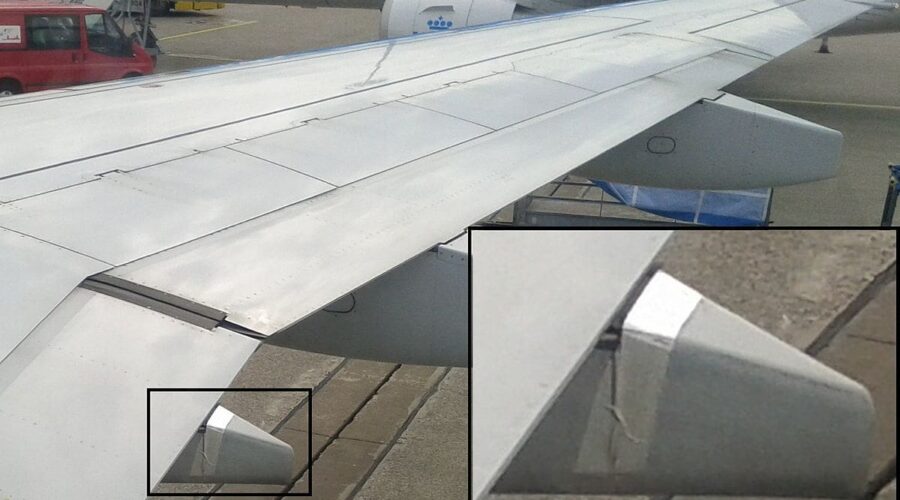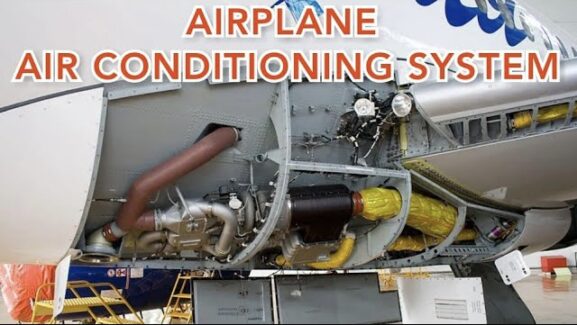Speed Tape
Aircraft speed tape is an essential tool in the aviation industry, known for its reliability in performing temporary repairs on an aircraft’s exterior surfaces. Despite its unassuming appearance, this specialized tape is engineered to meet the rigorous demands of high-speed and high-altitude flight, making it vastly different from standard tapes. Speed tape is typically composed of heavy-duty aluminum, combined with a powerful adhesive that allows it to bond firmly to the aircraft’s body, even under extreme temperature variations. Able to endure temperatures as low as -65°F and as high as 500°F, it remains stable whether the aircraft is flying through freezing high-altitude air or under a scorching sun on the tarmac.
One of the most notable features of speed tape is its incredible resistance to weathering and UV exposure, which allows it to withstand the high-speed air currents and environmental stresses that affect an aircraft in flight. Its ability to adhere strongly and flexibly to curved or uneven surfaces makes it perfect for protecting minor damage on fuselages, wing surfaces, and other non-structural parts of an aircraft. Mechanics often use speed tape to cover small dents, scratches, or gaps in areas where a quick fix is necessary, preventing further damage from moisture or debris until a more thorough repair can be conducted.
Though highly durable, speed tape is only used for temporary, non-structural repairs. Its purpose is to buy time, allowing an aircraft to continue operating safely and efficiently while awaiting more permanent maintenance. Mechanics applying speed tape do so with careful consideration, ensuring it meets all safety regulations and regularly inspecting it to confirm it’s still intact. This flexibility is vital in aviation, where keeping flights on schedule is critical, and speed tape serves as a quick yet secure solution that helps airlines manage minor issues without unnecessary delays.
In essence, aircraft speed tape is a small but vital component of aviation safety, offering a balance between operational efficiency and adherence to strict safety standards. Its ability to perform reliably under the challenging conditions of flight makes it a trusted standby for airline maintenance teams worldwide.




